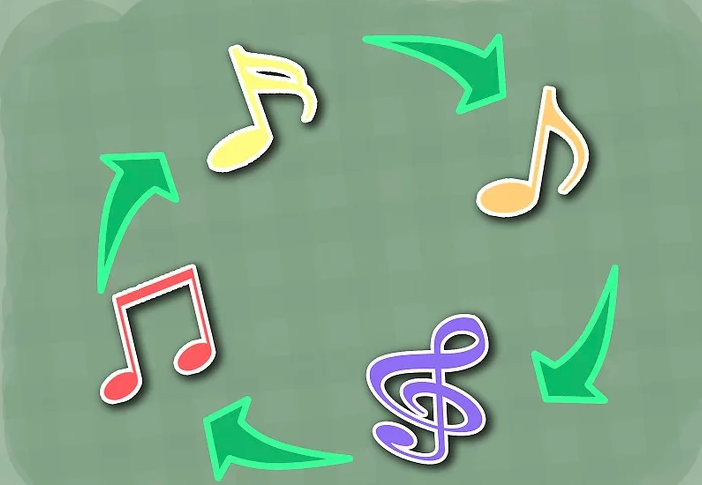How to make a HIP HOP BEAT / Rap BEAT by a Professional MUSIC Producer
How to make a HIP HOP BEAT / Rap BEAT
- Get tight sounds. No matter how well thought out your beat is, if you're just using an 808 kick and a weak General MIDI snare, no one is going to want to listen to your beat. ...
- Understand the structure of a beat. ...
- Make instrumental loops. ...
- Make a bassline. ...
- Add effects. ...
- Master the track.
Very few people fully appreciate the hard work and effort that goes into making hip hop and rap beats. The hip hop beat is a complex and often difficult, but necessary piece of hip hop and rap music. Here are a few simple steps to get started.
Get tight sounds. No matter how well thought out your beat is, if you're just using an 808 kick and a weak General MIDI snare, no one is going to want to listen to your beat. It's important to find drum kits and loops with some extra flair to really make a good beat. There are many producer packs you can download to get a wide range of effective kicks, snares, hi-hats, and claps.
Understand the structure of a beat. Different genres of music have different rules and structures for beats. Most hip hop beats have syncopated kicks and a snare or clap every other bar. Often, closed hi-hats are used to play 16th notes, while open hats are put in the offbeat. This is common for more contemporary sounding beats and is used in a lot of dirty south, crunk, hyphy, and glam rap, but some more older beat uses hat.
Make instrumental loops. Very few good hip hop or rap beats are made without some form of repetitive loop. Different rap producers use different kinds of instruments and sounds to make effective loops. Timbaland uses a lot of synths and ethnic instruments, while Dr. Dre uses a lot of orchestral hits. Mf Doom uses vintage sounds often from old cartoons. The type of sounds you use to make your track should reflect the general emotions you want that particular track to convey and your own style. Experiment with what sounds best. When you have the sound fonts you want to use, figure out some rhythmic loops and try not to make them too complex or the rapper will have to work harder for the listener's attention. Figure out another simple loop for the chorus that should be catchier then the rest.most often they consist of chords..or the drum pattern changes.After a couple verses, try an instrumental bridge, and then go back in for the last few verses.
Make a bassline. This is pretty easy if you've already written your loops. Try to make something that augments the original loop but doesn't compete with it. Well made bass lines are subtle and add to the song rather then just arbitrarily hang in the background.Most of them are made with bass guitars although many producers use bass synths or low notes on keyboards.
Add effects. Try adding a small amount of reverb to your snare or clap, and a bass boost to the kick. Make sure to use effects in moderation, not to distort the track and make it unlistenable.
Master the track. Make sure the beat is loud enough to be heard without overpowering the main melody. The hi-hats should be quieter than the kick and snare. Experiment with the sound levels until you are satisfied with the end result.

Tips
Develop an original style. Try to make beats using loops and samples that are a little unusual and start to develop your own style of beats. This will help separate you from the run of the mill beat producers out there. If you are good at composing, write your own melodies. If you are not the composer type, experiment with loops and beats online and blend them with your project, and add your own elements too.
Fruity Loops (FL Studio) seems to be one of the most common DAW for hip hop producers, many beginners also catch on to how it functions very quickly. DAW's like Ableton are more complex.
Don't buy any pro software to start with. Gain experience before buying them.
Buy the full version of Fruity Loops, Acid Music Pro, Cakewalk Sonar, ProTools, or Reason. Worth it to be able to save tracks and spend more time on them.
Be original. It's okay to try to replicate certain aspects of other artist's beats but when you start to make actual beats, make sure you have some original ideas to implement. Try to be yourself and get a signature style, like Pharrell Williams blended exotic brass jazz harmonics.
Warnings
Do not plagiarize another artist. Don't use samples from copyrighted material unless you've been given permission and don't remix other rapper's tracks without their permission.
Don't make beats that contain hate speech or spread hateful messages unless you are using them ironically and even then, be careful.
Don't go on YouTube and tell everyone how great you are at making beats. This also applies to anything else you do.
Things You'll Need
For a computer based system, you will need:
A DAW (FL Studio, Reason, Cubase, Studio One, Logic (Mac only), Pro Tools, Ableton Live)
Plug-ins and/or samples
Speakers (monitors) and/or headphones
MIDI control surface (Recommended)
Audio interface (Recommended)